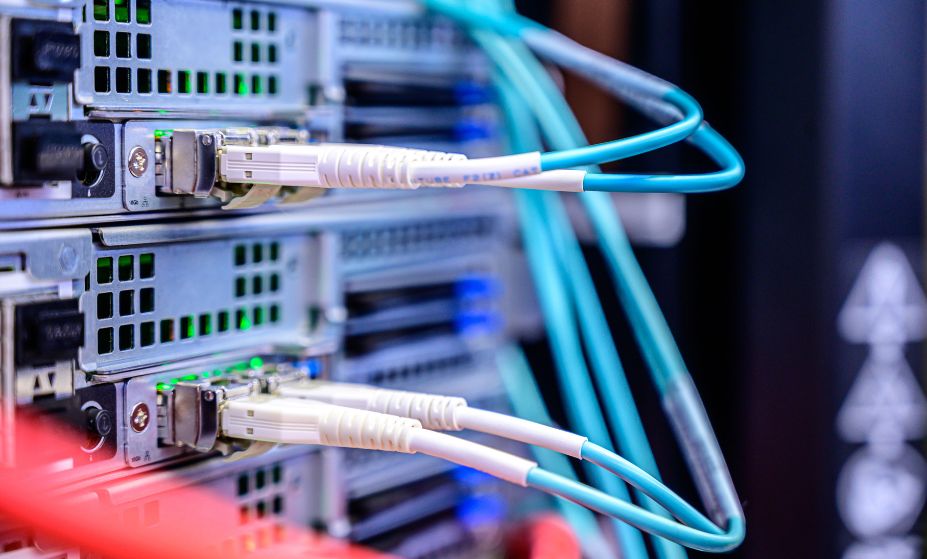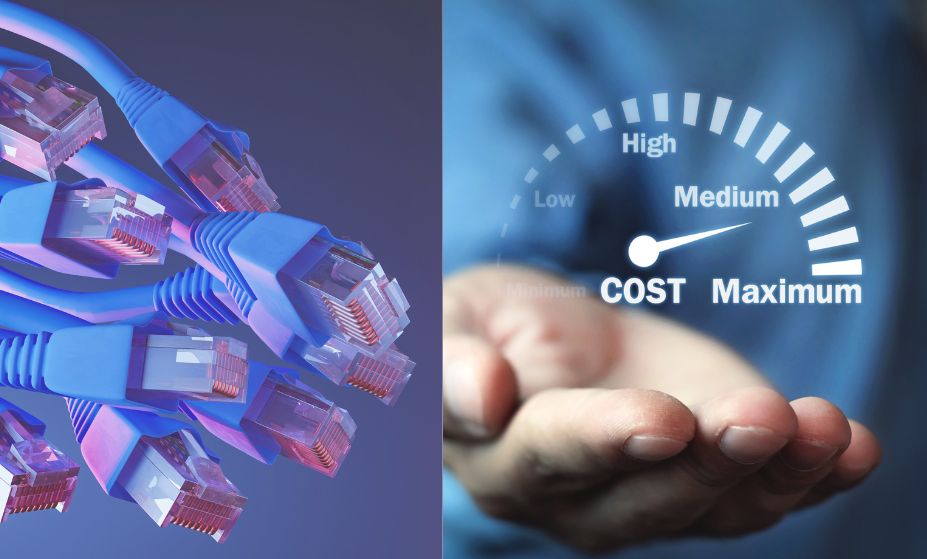If you’re running a business that requires a dedicated server for your website or application, you know how important it is to have reliable and efficient storage. A dedicated server can provide the power and resources you need to keep your website or application running smoothly, but choosing the right storage option is crucial to ensuring that your data is safe and accessible. In this blog post, we’ll explore some of the different options available for dedicated server storage and provide some best practices to help you make the right choice for your business.
Options for Dedicated Server Storage
There are several options available when it comes to dedicated server storage, including:
- Hard disk drives (HDDs)
- Solid-state drives (SSDs)
- Network-attached storage (NAS)
- Storage area networks (SANs)
Hard disk drives (HDDs) are traditional mechanical storage devices that use spinning disks to store data. They are relatively inexpensive and have a large capacity, making them a popular choice for dedicated server storage. However, they can be slower and less reliable than other options.
Solid-state drives (SSDs) are newer storage devices that use flash memory to store data. They are faster and more reliable than HDDs, but they are generally more expensive and have a lower capacity.
Network-attached storage (NAS) is a type of storage device that is connected to a network and can be accessed by multiple devices. It is a good option for businesses that need to share files or collaborate on projects.
Storage area networks (SANs) are specialized storage networks that are designed to support the high-bandwidth needs of business-critical applications. They are typically used in large enterprises and provide fast, reliable access to data.
Best Practices for Dedicated Server Storage
- Choose the right type of storage for your needs: Consider factors such as capacity, performance, and budget when deciding which type of storage is right for your business.
- Use RAID: RAID (redundant array of independent disks) is a method of storing data across multiple disks to improve reliability and performance. Consider using RAID to protect your data in case of disk failure.
- Use backup and disaster recovery solutions: It’s important to have a plan in place in case something goes wrong with your server. Make sure you have a backup solution in place to protect your data and ensure that you can recover it in case of an emergency.
- Monitor your storage usage: Keep an eye on your storage usage to ensure that you have enough capacity to meet your needs and that you’re not running out of space.
By considering these options and best practices, you can choose the right dedicated server storage solution for your business and ensure that your data is safe, accessible, and reliable.



